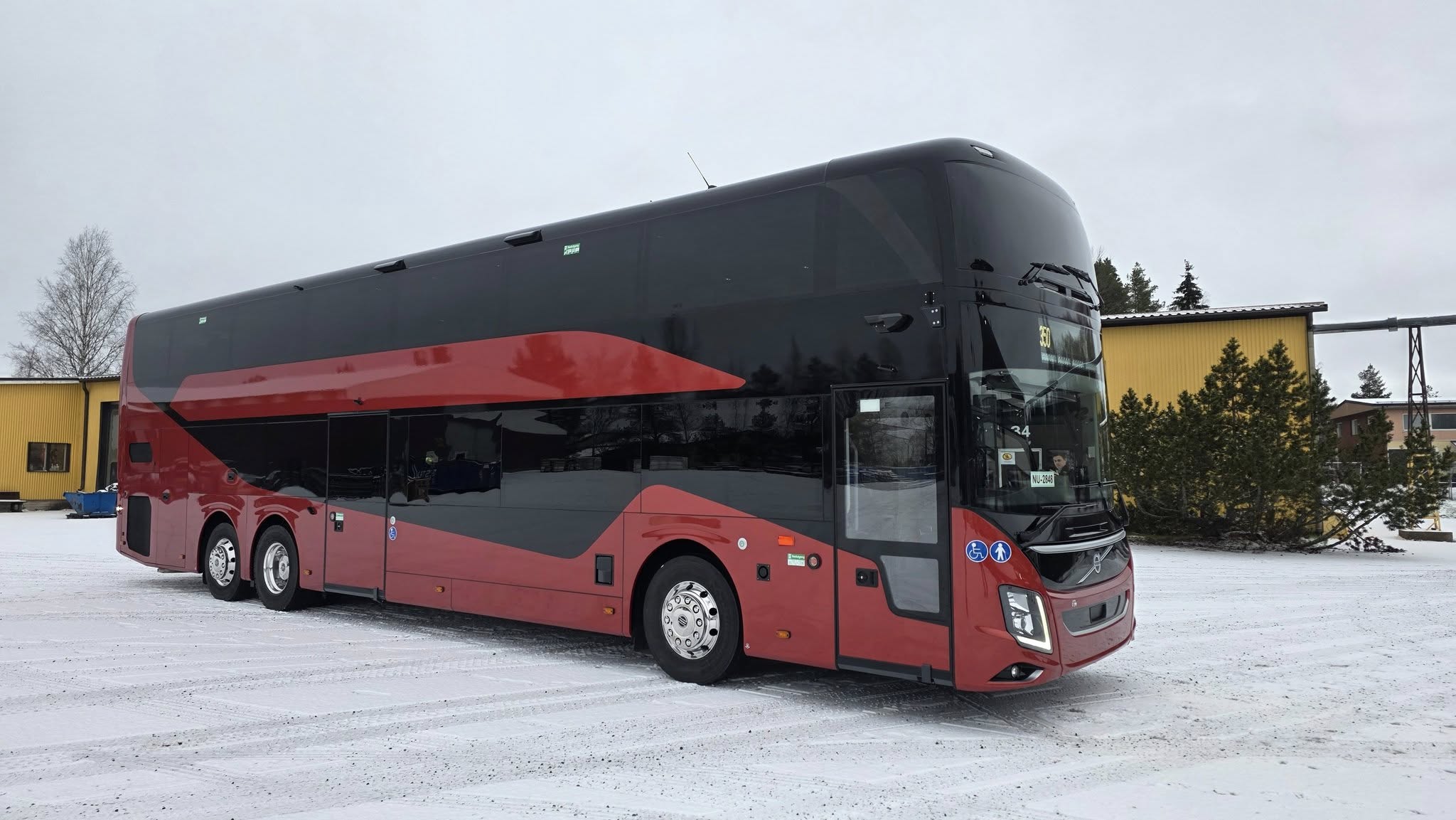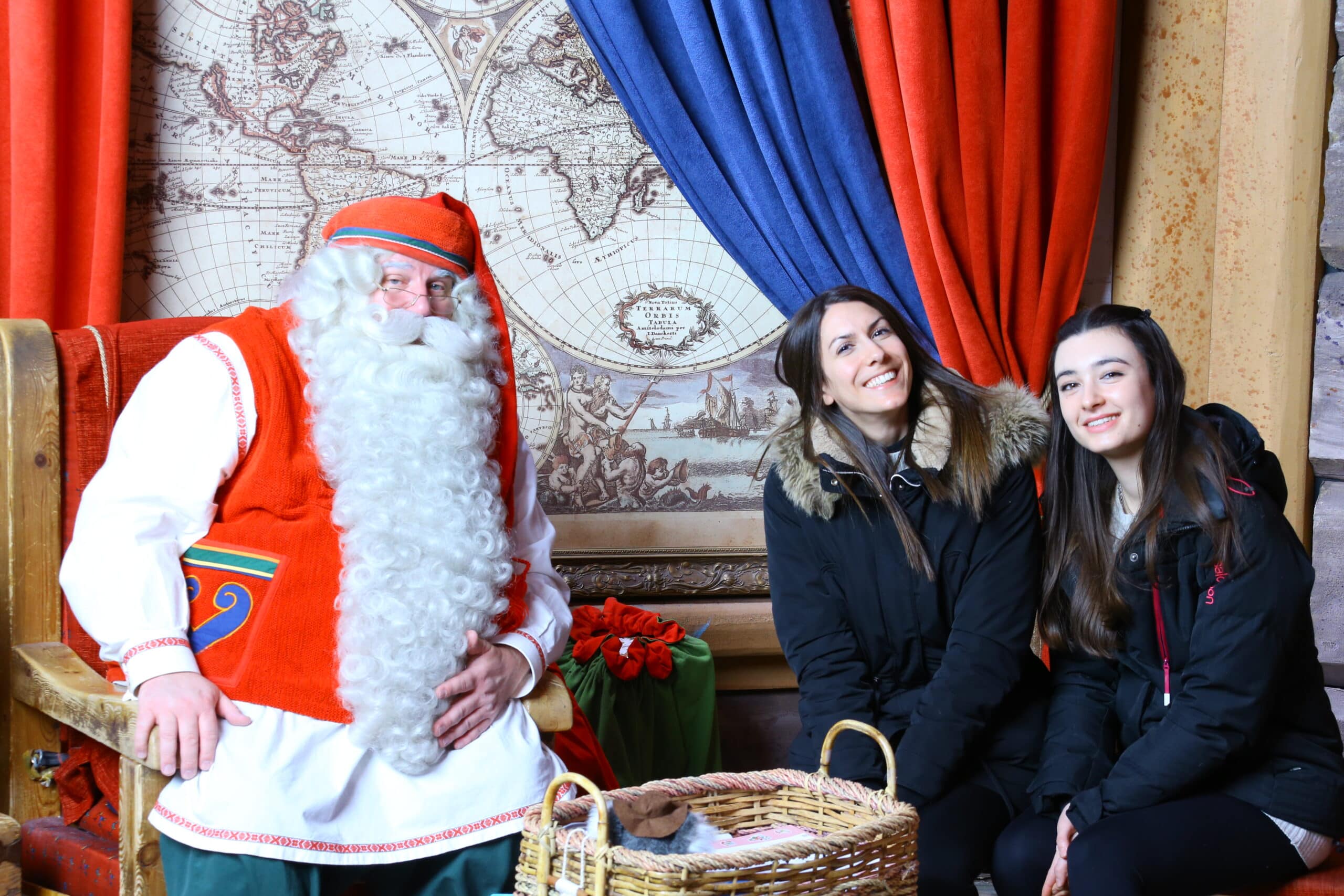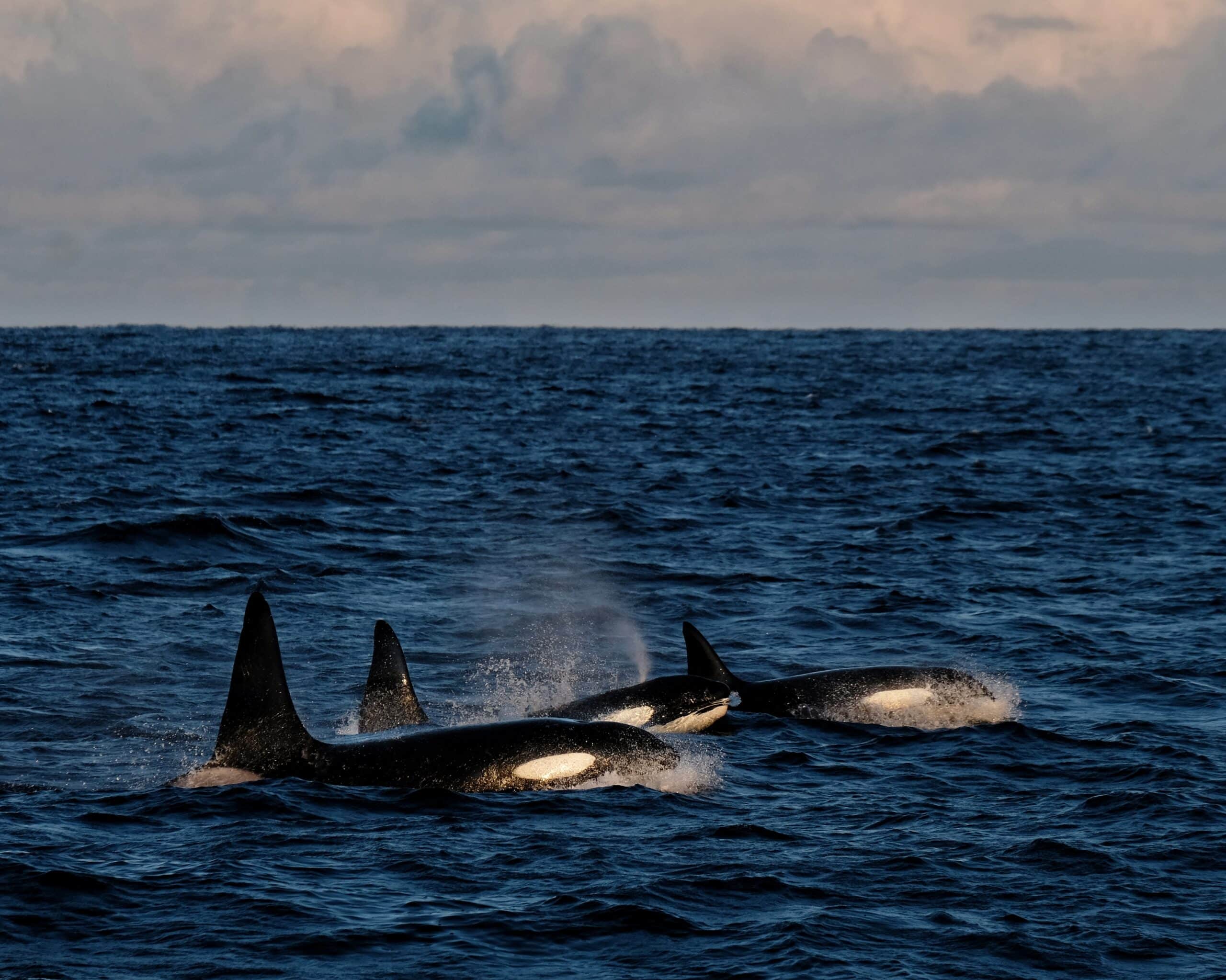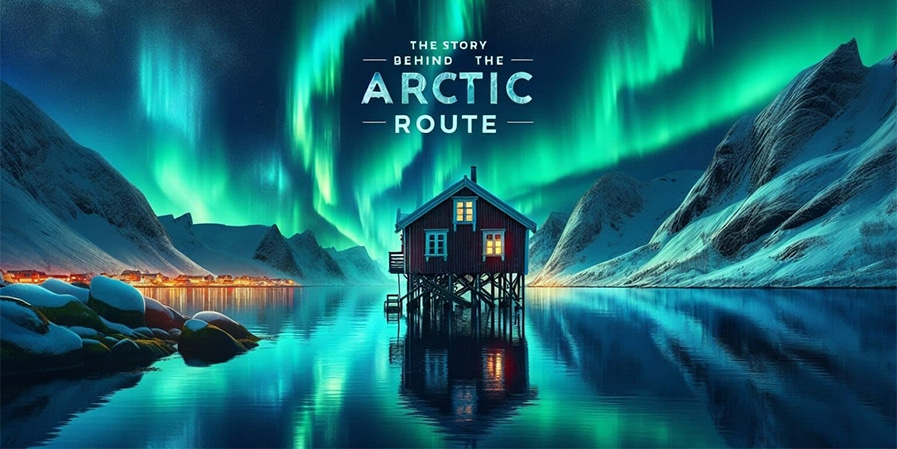
Embarking on the Arctic Route opens a gateway from the magnificent beauty of Tromsø, Norway, and beyond to the stunning landscapes of Northern Norway and Finland. This travel service/ hop-on/hop-off bus, born in 2016 from the collaboration of Bussring, Best Arctic, Innovation Norway, Eskelisen Lapin Linjat, and VY, aims to provide you with an eco-friendly journey across the Arctic, underpinned by a commitment to environmental stewardship, boasting features like Ecolighthouse certification and ISO 14001 standards. It connects Tromsø with destinations like Lyngen, Narvik, Skjervøy, Storslett, and further to Rovaniemi in Finland, during winter. During summer, the Arctic Route connects Tromsø with Lofoten, Narvik (and Evenes Airport) with Lofoten, and within Lofoten, with several bus stops. It’s a testament to the brand’s commitment to sustainability, easing travel stress, and fostering local tourism by making remote locations accessible.
With the Arctic Route, you’re not just hopping on a bus; you’re stepping into a world of adventure and culture with services tailored for comfort, including onboard Wi-Fi and English-speaking drivers. Whether you’re drawn to the Northern Lights, whale watching, reindeer and Sami culture tours, or exploring the midnight sun, Arctic beaches, or rewarding hikes, this service ensures a seamless connection between Tromsø, Norway, and the heart of the Arctic all year round.
The Arctic Route is more than a travel option: it’s a bridge between you and the unparalleled beauty of Northern Norway, enhancing the local environment and supporting the communities it touches. This network not only facilitates cross-border connections between (and within) Norway, Finland, and Sweden but also addresses modern travel challenges through innovation, aiming for future goals like the adaptation of its operations to climatic conditions.
The Arctic Route‘s development mirrors broader objectives in the tourism industry to travel sustainably, emphasizing safety with ISO 39001, together with the support of other organizations like Innovation Norway and Visit Arctic Europe.

The history and development of the Arctic Route
The Arctic Route, a visionary collaboration between Bussring and Best Arctic, with the support of Innovation Norway and Visit Arctic Europe (Norway), Interreg Europe (Europe), Eskelisen Lapin Linjat (Finland), and VY (Sweden), was established in 2016 with a profound commitment to sustainability, supporting the local environment, and enhancing connectivity between remote destinations in Northern Norway and beyond.
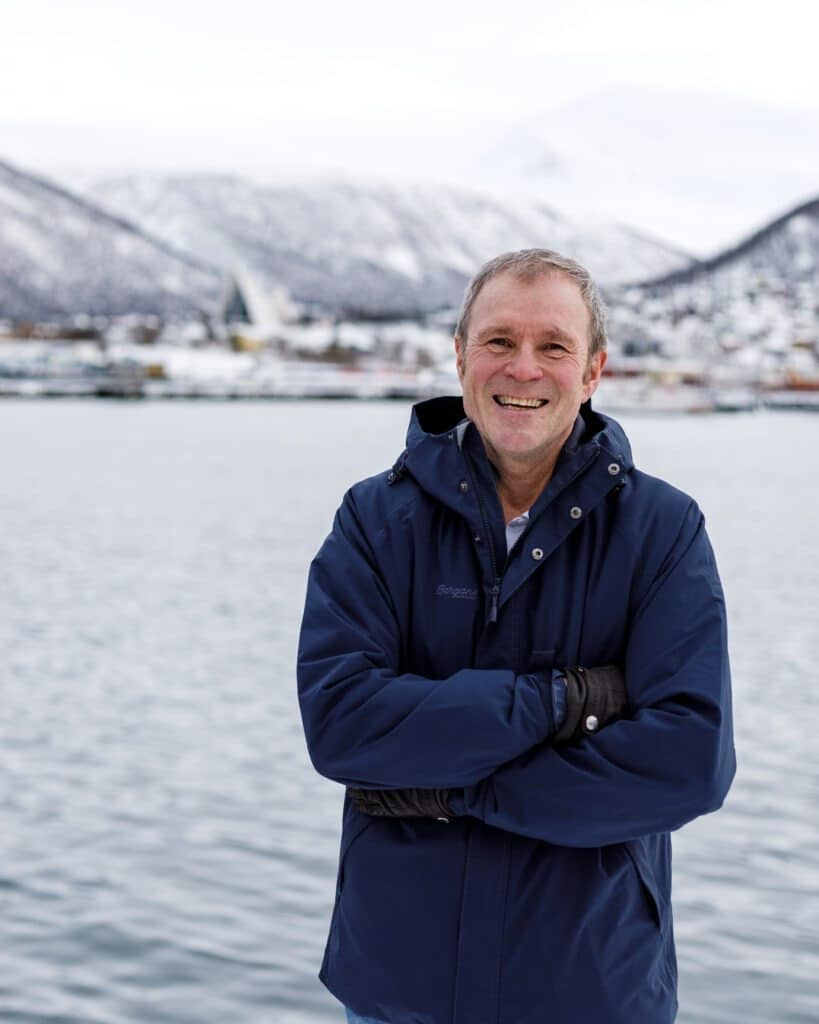
The adventure started in Nord-Troms, in 1957. Henry Nyvoll, the founder of Bussring and Best Arctic, grew up in poor conditions. His parents were sheep farmers, who bought a small Volvo bus to connect the several villages and people in Nord-Troms, to transport them to school, parties, and gatherings along narrow and winding roads. Both parents had to take turns driving.
The bus soon became an important reliant link. The driving happened no matter the weather conditions: Under the midnight sun and northern lights. In all kinds of weather, on all kinds of roads. All year round. This is how the bus and travel adventure began 50 years ago.
Henry bought his first red bus before he was 30 years old and started his adventurous journey into the bus and tourism industry by giving thousands of tourists their first encounter with summer and the midnight sun on the North Cape.
Best Arctic and the Arctic Route are, as of today, still a northern-Norwegian local family business and Arctic Route is one of our core products, in collaboration with tourism players.
Its purpose is to make it easy to travel and experience Northern Norway and the Northern Cape sustainably.
This initiative, deeply rooted in the scenic city of Tromsø, Northern Norway, serves as a connection, especially during winter, connecting Tromsø with Lyngen, Narvik, Skjervøy, Senja and Storslett, and extending to Rovaniemi in Finland. During summer, it facilitates travel between Tromsø and the breathtaking Lofoten Islands and within Lofoten, between Svolvær and Å, significantly easing the stress of transportation for tourists.
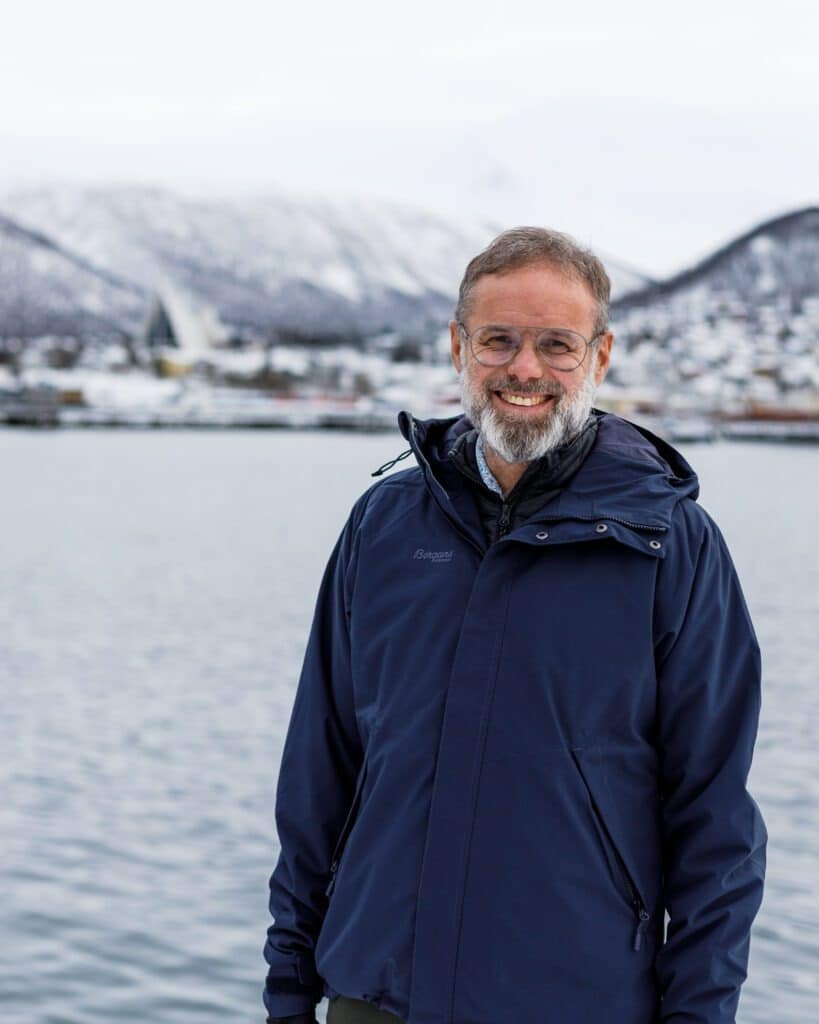
“Due to the increasing number of winter tourists to Tromsø, the Arctic Route concept was established to make it more accessible and to connect tourism operators outside Tromsø with the tourists (since the schedules of public transportation were not adapted to the needs of the industry).” “From the early beginnings in 2016, the number of guests who have used the routes has grown steadily. In the winter season 23/24, just under 39.000 travelers have used the Arctic route bus routes.” – says Trond Arne, CEO of Best Arctic and former manager of the Arctic Route.
“Through this form of shared transport, we can say that the Arctic Route is a sustainable transport concept, as several guests travel together to their experiences with different suppliers, which results in a reduced climate footprint.”
Seasonal bus route adventures: Summer vs Winter
The Arctic Route offers a unique opportunity to experience the stark contrasts between the summer and winter seasons in Northern Norway. Here’s what you can expect:
Arctic Route Summer season routes (June 15th – August 31st):
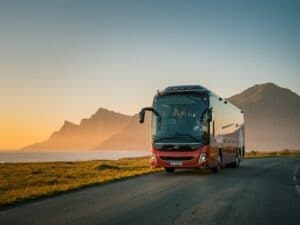
Tromsø – Lofoten: From Tromsø via Senja, Andøya, Vesterålen, all the way to the Gateway of the Lofoten: Svolvær and Kabelvåg. This route drives between the 15th of June and the 31st of August.
Traveling within Lofoten with the Arctic Route summer bus: Between Å I Lofoten all the way to Svolvær, this route offers several stops between these two destinations such as Kabelvåg, Leknes, Nusfjord, Hamnøy and Reine. This route drives between the 15th of June and the 31st of August.
Arctic Route Winter season routes (December 1st – March 31st):
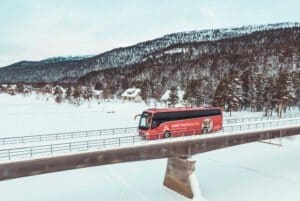
Tromsø – Rovaniemi: The most popular daily winter route, between Tromsø and Rovaniemi, in Northern Finland, in connection with our partner Eskelisen Lapin Linjat. The perfect opportunity to travel between two countries and visit Santa’s village, in Rovaniemi. This route drives daily between the 1st of December and the 31st of March.
Tromsø – Narvik: Connecting these two destinations and bringing them closer is the goal of the Arctic Route. This route drives daily between the 1st of December and the 31st of March.
Tromsø – Skjervøy: The whale season starts in the Troms area between November and January. The whale route, between Tromsø-Skjervøy drives daily during this period, transporting guests to their whale tour in Skjervøy, and bringing them back by the end of their tour.
Tromsø – Storslett: A daily route between Tromsø, Nordksjobotn, Skibotn, Olderdalen, Spåkenes, Rotsund, and Sørkjosen/ Storslett, bringing guests to some of the most beautiful and remote areas and glass igloos at North Experience or Lyngen North. This route drives daily between the 1st of December and the 31st of March.
Tromsø – Lyngen: A daily route between Tromsø and Brevikeidet (ferry), with stops along the way at our dog sledding tours supplier (in Breivikeidet) and towards the ferry, where guests will cross the fjord, towards their snowmobile adventure that waits for them (in Svensby). This route drives daily between the 1st of December and the 31st of March.
Main goals:
- Enhance accessibility to Northern Norway’s stunning landscapes and more remote small destinations;
- Promote eco-friendly travel and support local communities
- Provide a stress-free travel alternative during peak seasons;
- Connect travelers in Northern Norway and bring people together.
The inception of the Arctic Route was driven by an ambition to make distant Arctic destinations more accessible while fostering local tourism and supporting small destinations. By partnering with local suppliers and focusing on eco-friendly practices, the Arctic Route not only offers a unique travel experience but also contributes to the development of sustainable tourism in the region.
This initiative underscores the importance of collaboration and innovation in creating meaningful travel experiences that respect and preserve the natural beauty and cultural heritage of the Arctic.
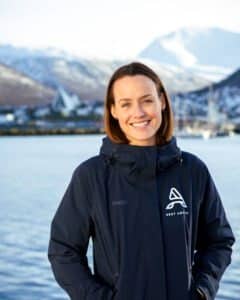
“My dream is to make the Arctic Route a place where travelers can meet each other, and meet their travel buddy for the next week.” “We want to be the beginning point of long-lasting unforgettable moments, trips and friendships.” – says Emma, Head of International Sales and Product at Best Arctic
Key Destinations along the Arctic Route
Exploring the Arctic Route introduces you to a world of breathtaking landscapes and unique destinations. Here are some key stops along the way:
- Arctic Circle Train to VY in Narvik: Experience a scenic journey through destinations like Kiruna, the Ice Hotel in Jukkasjärvi, and Abisko – perfect for northern lights sightings.
- Lofoten Islands: Immerse yourself in nature with activities like hiking, kayaking, and fishing, especially under the summer’s midnight sun.
- Lyngen Peninsula: Via Tromsø – Lyngen / Lyngen – Tromsø route, explore the spectacular landscapes and join a snowmobile tour or a reindeer and Sami camp.
- Tromsø – Senja – Lofoten (Summer 2024): A bus and ferry service connecting Tromsø, Senja, and Lofoten, with stops at Mefjord, Ersfjordbotn beach, and more, offering flexibility and daily departures.
This routes offered by the Arctic Route not only showcases the natural beauty and cultural richness of Northern Norway and beyond but also emphasizes the importance of sustainability and supporting local communities, in line with its founding principles.
The Arctic Route experience: What to expect
When you embark on the Arctic Route journey, you’re in for an experience that combines comfort with adventure. Here’s what to expect:
Travel comforts: Very comfortable new coaches, with WI-FI, charging stations for your laptop and phone, toilet onboard, and great temperature inside, ensuring a smooth ride.
Stops: The journeys provide you with strategic stops, allowing you to stretch your legs, breathe the Arctic air, take photos, and buy some food on the several stops.
Professional drivers: Benefit from local experienced and service-oriented drivers who are fluent in English and professionally trained to drive in Arctic conditions enhancing your travel experience.
Sustainability and Eco-Friendly Travel
The Arctic Route stands as a beacon of sustainable and eco-friendly travel, deeply rooted in the preservation of Northern Norway and the Arctic’s stunning natural beauty and cultural heritage.
Sustainability at Heart: The inception of the Arctic Route was driven by a commitment to sustainability, aiming to minimize environmental impact while enhancing local economies and communities. Best Arctic, a pivotal force behind this initiative, emphasizes nature conservation, cultural preservation, and economic sustainability, ensuring that every journey contributes positively to the region.
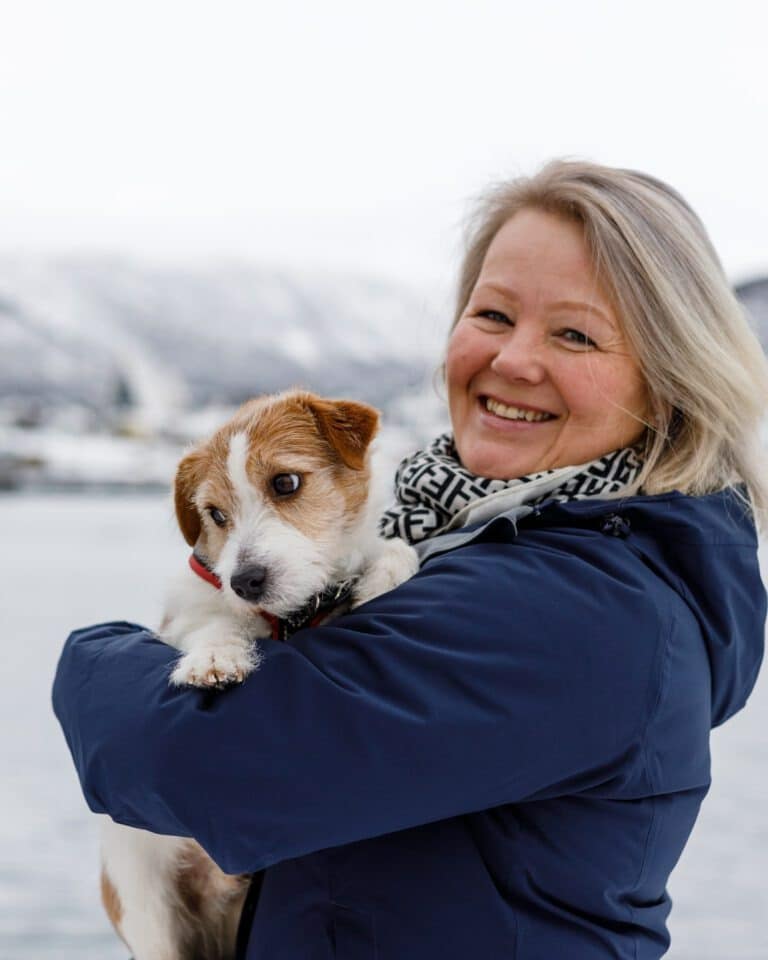
“In 2022, we were ISO 14001, ISO 9001, and ISO 39001 certified.”
“Our journey with sustainability work started with environmental certification in 2010. We continuously work to improve ourselves and become more aware of our responsibility.”
“That is why we have ISO certified ourselves in terms of environment, quality, and safety.”, says Bente Nyvoll, People and Culture Manager at Best Arctic.
“By choosing The Arctic Route, you can be sure that you are helping to contribute to our sustainability efforts by taking care of nature, creating development, jobs, and vibrant local communities.”
“You are helping to ensure that our next generations will be able to live and work here, experience and be in, see, and taste nature in the same way that we have been allowed to do.”
Being ISO-certified means continuous improvement and compliance with regulations. Elements of the standard include environmental policy, quality policy, safety policy, and planning, implementation and operation, control and improvement, and management evaluation.
Local collaboration and green practices:
Strong ties with local landowners, activity operators along the routes, guides, and suppliers ensure that the benefits of tourism are widely distributed within the community.
“In the short term, work is being done to make the Arctic Route more visible and more accessible to everyone through new routes both in relation to geography and season (our new summer routes are an example of this). From a longer perspective, we are working to establish the Arctic Route as an important part of the infrastructure, so that visiting guests can experience as much as possible on their travels in the Arctic by offering sustainable transport in the Arctic.”
“Our long-term goal is that by 2030 we will be able to offer carbon-neutral transport to our guests. Due to large distances, this is particularly challenging with the technology that is available today, but the development related to heavier zero-emission vehicles and the necessary infrastructure is progressing ever faster. We, who stand behind the Arctic Route, are a driving force in relation to this development for passenger transport.” – says Trond Arne.

